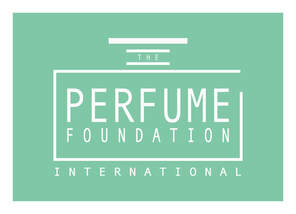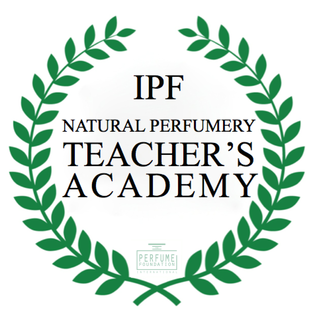|
An interview by Creezy Courtoy, Founder IPF Robert Tisserand is considered as a Legend in Aromatherapy. Today Aromatherapy and the use of essential oils are taught worldwide.
I had the chance to meet him in California during our IPF Scent of Healing event. When did you started talking about aromatherapy? What made you start? My mother went to Paris in 1967 to hear a presentation by Dr Jean Valnet, and she came back home with a copy of his book Aromathérapie. I was 18 and about to go to university, but I became fascinated by that book! I started selling essential oils in 1974 and in about 1977 I began giving one-day introductory seminars. Can you tell us about the education your parents gave you? Were they in relation with nature? My mother was a believer in alternative medicine (I don’t really know why!) so she would visit her doctor, but she would also go for acupuncture, herbal medicine, homeopathy etc. She also introduced me to aromatherapy, as she did a training course in London with Micheline Arcier, who learned from Marguerite Maury. Since you are now living in California, can you tell us the reason you left Europe? Is California more open to essential oils and nature? I moved from Brighton to California in 2000 because at the time I was married to an American citizen. Ann wanted to move back to the USA, and I was fine with that. Now I can’t imagine living anywhere else. You wrote so many books about aromatherapy, is it something more we can still write, or have you said everything? I wrote only three books! I’m not sure if there will be more, but I am revising Essential Oil Safety right now. Everyone has a mission in life, do you think you’ve reached your objective or do you think the path is much longer? I don’t see an end, and I’m glad that essential oils still excite me! Can you tell us about the difficulties you encountered to reach your objectives and what made you continue your mission? Initially the greatest challenge was that people in the UK did not know much about essential oils and aromatherapy, so I realized that education was needed, and that’s why I wrote The Art of Aromatherapy in 1977. I was advised by my accountant in 1978 that I was “flogging a dead horse” trying to make a living from selling essential oils, and he was right at the time. Another challenge was simply finding good information, but something wonderful happened in June 1993 - PubMed went public! (This is where we can find all the medical and essential oil research.) In your extensive career, what has been the most surprising or unexpected use of essential oils that you have discovered? Using tangerine oil as a fuel for motor vehicles. I was equally surprised to learn that there is a tangerine-scented bird in Alaska! How do you see the future of aromatherapy evolving in the next decade, especially with "advancements in technology and science"? There are really several aromatherapies. There is the multi-level marketing basket, the aromatherapist basket, the (new) wellness trend in perfumery and cosmetics, which largely involves essential oils, and the pharmaceutical basket. I cannot predict what will happen, but I’m encouraged to see that researchers and aromatherapists are communicating with each other.
1 Comment
By Creezy Courtoy, IPF Founder and Chair In the quest for innovative approaches to cancer treatment, researchers are constantly exploring new avenues. One intriguing area of study is the connection between DNA research, epigenetics, and the use of scents to rebalance the organization of our cells. The International Perfume Foundation is leading the charge in this unique research, aiming to unravel the potential of scent-based therapies in curing cancer. This article delves into the fascinating world of epigenetics, the role of emotions, and the ongoing efforts to support this groundbreaking research.
Understanding Epigenetics and DNA Research Epigenetics is the study of changes in gene expression that occur without altering the DNA sequence itself. It examines how external factors, such as environmental influences and lifestyle choices, can impact the way genes function. By understanding epigenetic processes, scientists hope to uncover new approaches to prevent and treat diseases, including cancer. The Role of Emotional Shocks in Cellular Disorganization Emotions play a significant role in our well-being, but could they also contribute to cellular disorganization and the development of cancer? According to the proposed research, emotional shocks are believed to disrupt the harmonious functioning of our cells. These disturbances are thought to manifest as vibratory electric disruptions, affecting the cell's organization and potentially leading to the development of cancerous cells. Associating Scents and Olfaction with Cellular Rebalancing Drawing inspiration from the field of olfaction, researchers are exploring the potential of scents to restore cellular balance. It is suggested that certain scents, such as the electric impulsion (vibration) of roses or high-frequency plants, may possess the ability to rebalance the organization of cells. The precise mechanisms underlying this phenomenon are still being investigated, but it offers an intriguing avenue for further research. The International Perfume Foundation's Pioneering Research The International Perfume Foundation has taken up the mantle of investigating the potential therapeutic applications of scents and olfaction for cancer treatment. Their research aims to uncover the precise mechanisms by which scents can influence cellular organization and develop innovative scent-based therapies to combat cancer. However, to carry out this groundbreaking research, the foundation requires financial support in the form of donations. Supporting the Research Efforts As the International Perfume Foundation embarks on this ambitious research journey, your support can make a difference. Donations to the foundation will contribute to the funding necessary for conducting comprehensive studies, recruiting expert researchers, and acquiring advanced laboratory equipment. By supporting this research, you could help unlock a new frontier in cancer treatment, potentially offering hope to millions of people affected by this devastating disease. The intersection of DNA research, epigenetics, and scent-based therapies presents an exciting opportunity to revolutionize cancer treatment. The International Perfume Foundation's pioneering efforts to explore the link between olfaction, emotions, and cellular organization offer a fresh perspective in the fight against cancer. By supporting their research, you can play a vital role in advancing our understanding of this promising field and potentially contribute to the development of innovative cancer therapies. Together, we can strive to make a difference in the lives of those affected by cancer. |
Archives
October 2023
Categories
All
|
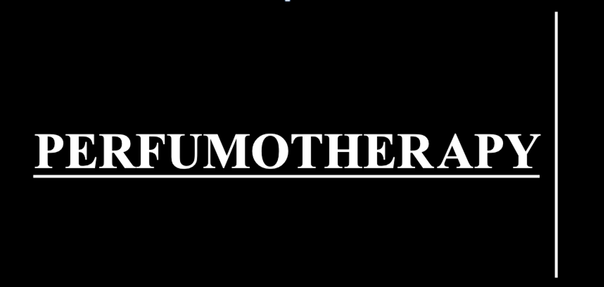
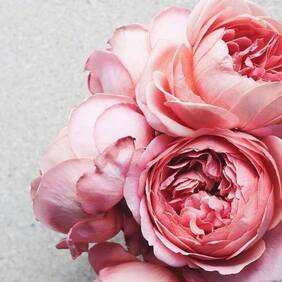

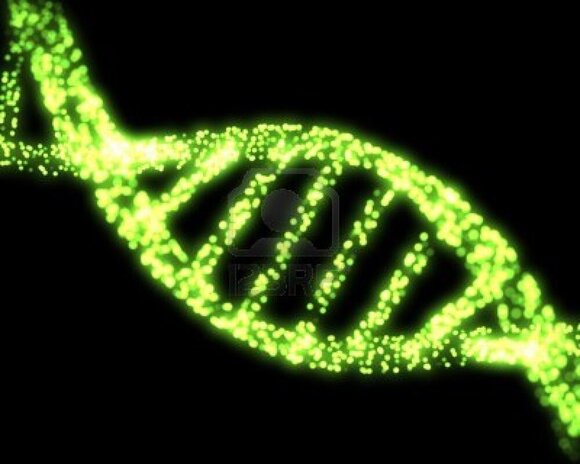
 RSS Feed
RSS Feed
